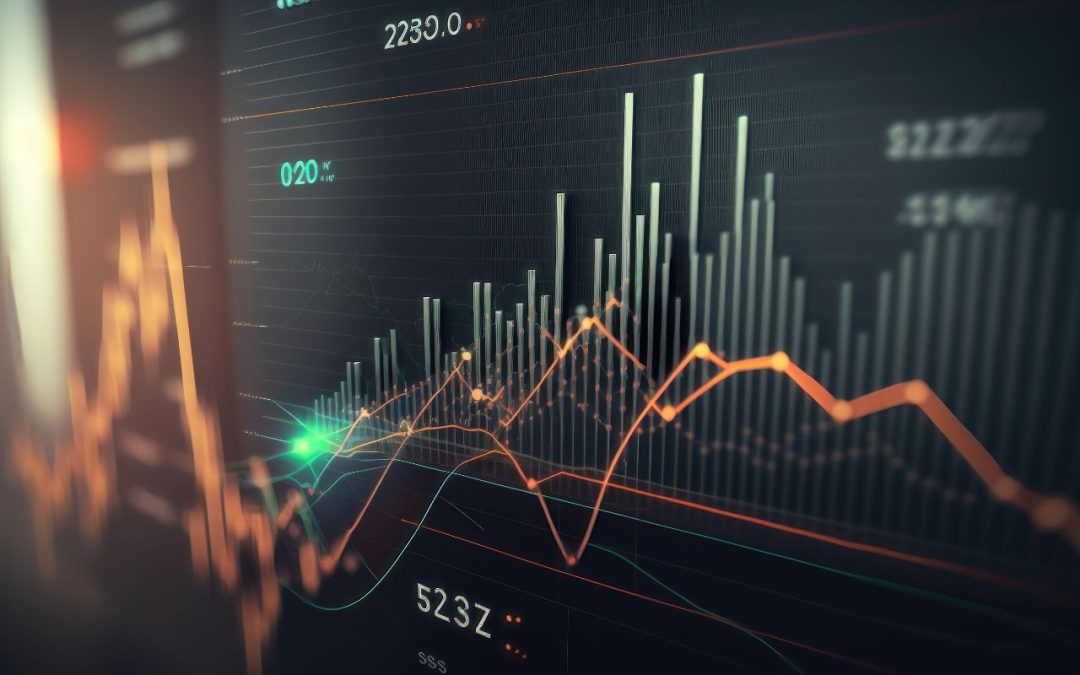In today’s fast-paced financial markets, precision trading is key to achieving consistent success. While fundamental analysis plays a crucial role, advanced technical analysis tools can provide traders with an edge by offering insights into market trends, entry and exit points, and risk management strategies. In this article, we will explore some of the most powerful technical analysis tools that traders can utilize to enhance their precision trading strategies.
1. Moving Averages: The Foundation of Technical Analysis
Moving averages are a fundamental tool in technical analysis. They help traders smooth out price data over a specific period, making it easier to identify trends. The two most commonly used moving averages are the simple moving average (SMA) and the exponential moving average (EMA). SMAs provide a straightforward representation of price trends, while EMAs give more weight to recent price data, making them more responsive to market changes.
For more information on moving averages, check out this Moving Averages Guide.
2. Relative Strength Index (RSI): Gauging Overbought and Oversold Conditions
The RSI is a momentum oscillator that measures the speed and change of price movements. It oscillates between 0 and 100 and is particularly useful for identifying overbought and oversold conditions in the market. Traders often use the RSI to determine potential reversal points or confirm the strength of a trend.
Learn how to effectively use RSI in your trading strategy by visiting this RSI tutorial.
3. Bollinger Bands: Volatility and Price Range Analysis
Bollinger Bands consist of a middle band (SMA) and two outer bands that are standard deviations away from the middle band. They provide valuable insights into price volatility and potential price reversals. When the price touches or crosses one of the outer bands, it may signal an overextended market condition, making it a valuable tool for precision traders.
4. Fibonacci Retracement: Identifying Support and Resistance Levels
Fibonacci retracement levels are based on mathematical ratios that can help traders identify potential support and resistance levels. By drawing Fibonacci retracement lines on a price chart, traders can pinpoint areas where price reversals or significant movements are more likely to occur.
5. MACD (Moving Average Convergence Divergence): Tracking Trends and Momentum
The MACD is a versatile indicator that combines two moving averages. It helps traders identify the strength and direction of a trend. When the MACD line crosses above the signal line, it’s often seen as a bullish signal, while a cross below the signal line indicates a bearish trend.
6. Candlestick Patterns: Reading Market Sentiment
Candlestick patterns provide insights into market sentiment and potential trend reversals. Patterns like doji, hammer, and engulfing patterns can offer valuable information about market psychology and help traders make more informed decisions.
7. Ichimoku Cloud: A Comprehensive Trading System
The Ichimoku Cloud is a complex yet powerful indicator that provides a holistic view of the market. It includes multiple components such as the Tenkan-sen, Kijun-sen, and Senkou Span, which collectively offer insights into trends, support and resistance levels, and potential reversal points.
In conclusion, precision trading requires a deep understanding of advanced technical analysis tools. By incorporating moving averages, RSI, Bollinger Bands, Fibonacci retracement, MACD, candlestick patterns, and the Ichimoku Cloud into your trading strategy, you can make more informed decisions and improve your chances of success in the financial markets. Remember that successful trading requires practice and discipline, so take the time to learn and master these tools to achieve precision in your trading endeavors.
For more in-depth insights and tutorials on these technical analysis tools, visit FXBankroll’s Technical Analysis Section.

